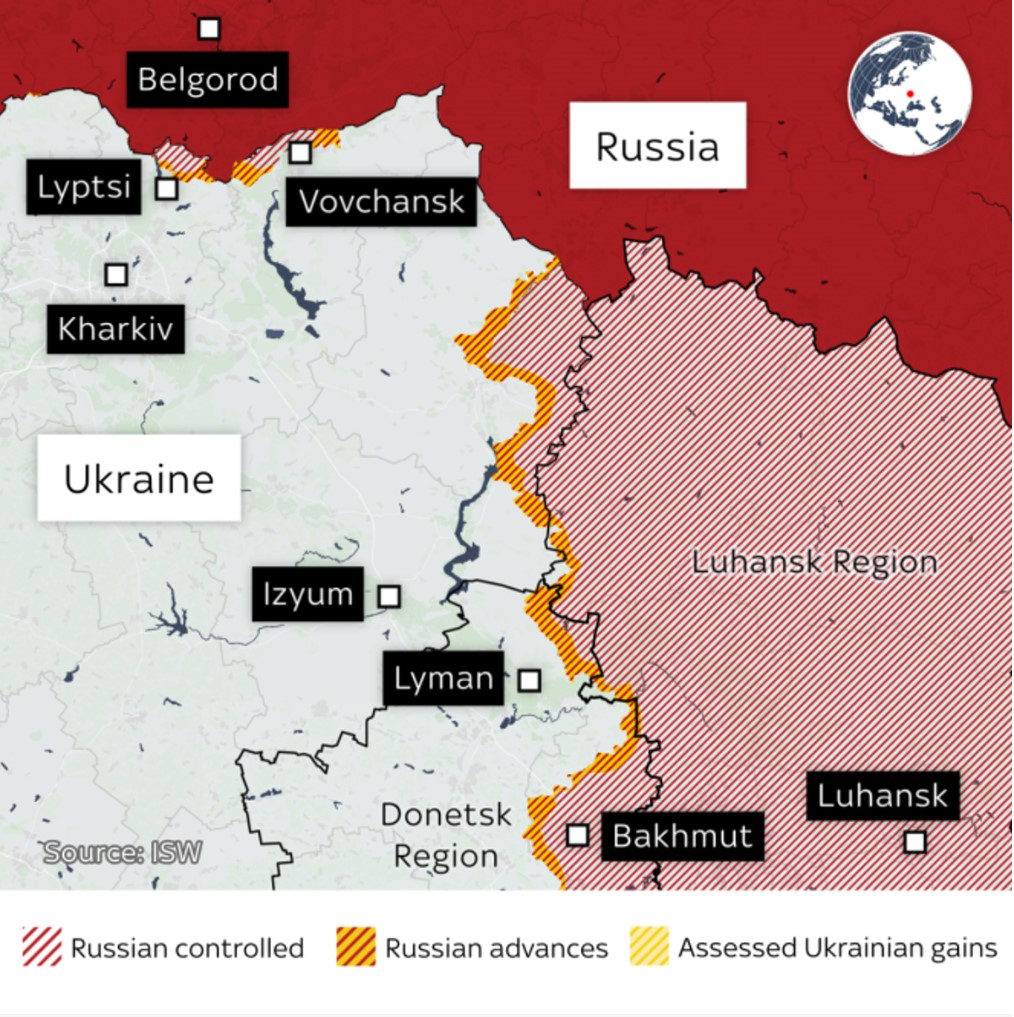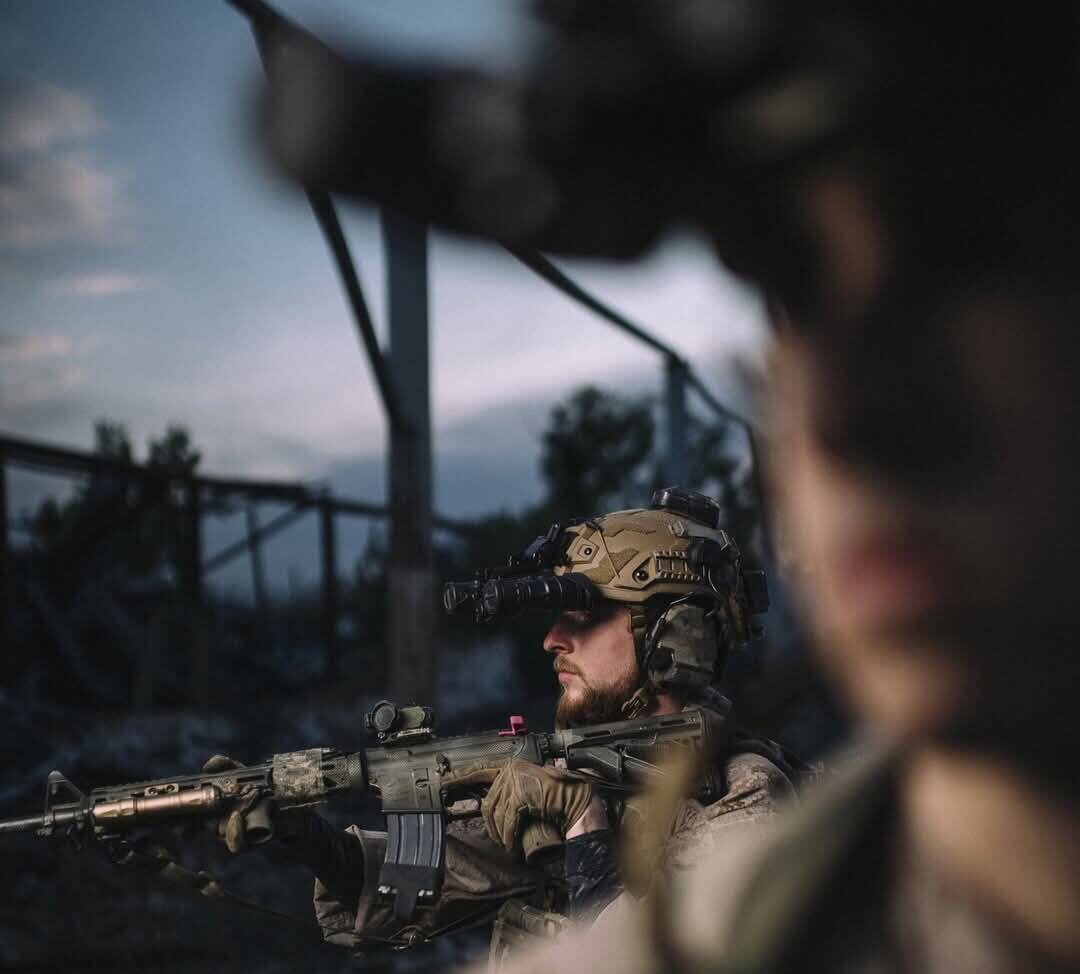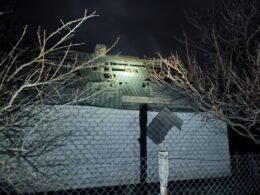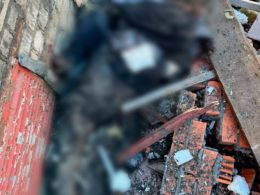After retaking areas of Russia’s Kursk Oblast previously held by Ukrainian forces, what remains of a 50,000-strong Russian force has now positioned itself just across the border from Kharkiv, Ukraine’s second-largest city, Sky News reports.
The troop movement has sparked concern among Ukrainian officials and military analysts, who warn it may signal preparations for a new phase in Russia’s summer offensive.
Located only 20 miles from Russia, Kharkiv is both a strategic military objective and a powerful symbol of resistance. Often called a “fortress city,” it was awarded Hero City status for its defense during the early months of the 2022 invasion. Before the full-scale war, the city had a population of over one million.

Ukrainian officials confirm buildup
Ukrainian military commanders have acknowledged the troop movements.
“The enemy is trying to pull its personnel closer to the line of combat contact and conduct at least some assault actions,” said Andriy Pomahaibus, Chief of Staff, 13th Operational Brigade.
Pomahaibus added that Russia's attempts have “not been successful” so far, but warned there is “clear preparation for active assault actions by the enemy.”
Are elite Russian units involved?
Analysts believe some of Russia’s elite VDV airborne troops, who were involved in the Kursk offensive, may still be near Kharkiv.
“Now that they have Kursk back, the argument is: will they keep going?” said Michael Clarke, Sky News military analyst.
Clarke explains that if these elite forces stay near Kharkiv—rather than being redeployed to other hotspots like Pokrovsk—it could indicate that Russia is planning “something else” in the region.
Critical four-month window
Experts say Moscow faces a limited window to make gains before fall weather and equipment shortages set in.
“Russia has a four-month window to make a breakthrough,” Michael Clarke explained.
“Russian stockpiles of legacy Soviet equipment... will be running out between now and mid-autumn,” said Jack Watling of Royal United Services Institute (RUSI).
Only 25% of Russia’s armor now comes from new production, putting pressure on its ability to sustain long-term operations.
Soft launch strategy expected
Rather than a massive single offensive, Russia is likely to escalate gradually.
“The Russians lack the force quality to operate in this way,” said Watling, suggesting a “steady increase in the number and scale of assaults across a broadening area.”
This slow-build approach, already visible in parts of the frontline, could be aimed at stretching Ukraine’s defenses and testing for weaknesses.
What’s next for Kharkiv and Sumy?
Kharkiv and the nearby city of Sumy are seen as potential targets, but resources may be too thin for a full-scale attack.
“The Russians basically used up the forces they might have otherwise used for a strategic offensive,” believes Clarke.
This, he says, has led to a “battle of attrition,” with both sides exhausting reserves in ongoing engagements.
Why Kharkiv matters now
Kharkiv remains a high-value objective for Russia—not just strategically but symbolically. Its defenses are strong, but its location near the border makes it vulnerable if Russia chooses to escalate.
With the summer window closing, military observers are watching this buildup closely.





